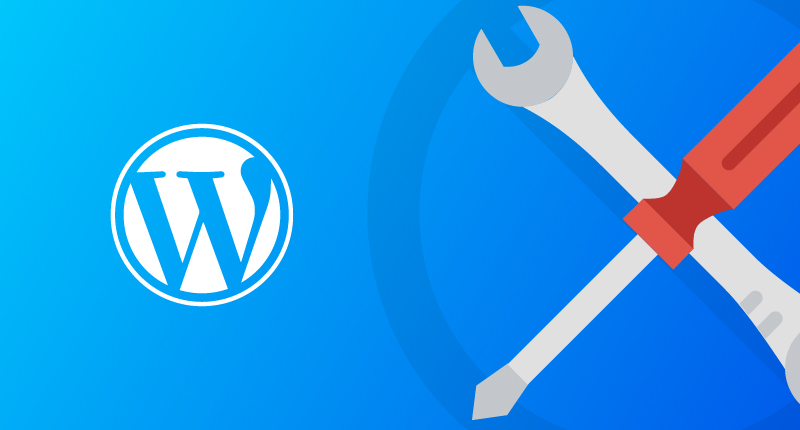Are you a small business owner who oversees all aspects of the business, including finance and marketing? Perhaps you have an interest in web design, but you don’t have much time to spend on a WordPress site. You at least know you have to keep your site updated for it to remain relevant. Let’s say your development budget is limited, so you must be careful how you spend money. Here are the best practices about saving costs on WordPress maintenance.
1. Keep All Files Backed Up
One of the most important tasks all web developers must practice is regularly backing up files. Regardless of the web platform you use, you need backups of your work in different locations to make sure your data is safe. You never know if a power outage or security breach is going to damage your online work. You also need to make sure you have a way of accessing your backup data quickly. Backups used to be commonly made on tape, which is a time-consuming process. More modern backups are on digital media, such as virtual servers.
2. Make Sure Site Loads Quickly
The best way to hold the attention of new visitors is to not waste their time. Make sure your site loads in a matter of seconds, not minutes. Surveys consistently show that the majority of users will move on if they have to wait longer than twenty seconds for your home page to load. Remember that the internet is full of alternatives just clicks away.
3. Update Security Regularly
When a site is not maintained properly, it may lead to vulnerabilities that hackers can exploit. Cybercriminals are constantly learning new ways to breach websites, especially those that fall out of date, which is a sign that security might also be outdated. While the latest security upgrades are usually better than running old software, keep in mind that sometimes new updates have flaws that are often followed up with better patches. According to WPSCAN.org, 52% of WordPress vulnerabilities come from WordPress plugins. Always remember to use strong passwords.
4. Hire a Mentor
If you’re going to manage your own site, it helps to learn at least a little about technology. There are plenty of web development articles to explore online, but they can take up a lot of time. One way of speeding up the learning curve is to hire a web developer for an hour or two to answer your questions and lay out a plan for basic maintenance.
5. Use WordPress Tools
One of the most effective WordPress tools that helps cut costs is Manage WP. It allows you to manage multiple sites at once, which is convenient for bulk updates and backups. Here are some other plugs to help maintain your site:
- Maintenance Mode
- Easy Coming Soon
- Ultimate Coming Soon Page
- Anticipate
- Divi Blank Page & Page Builder
Conclusion
Your WordPress site can run smoothly if you take the time to check on a few things every month. If you want your site to be successful, it needs to load fast and include continuously updated content. In order for the site to maintain good technical health, make sure you’re always using the latest security software. Keeping all your work backed up in other places where files can be easily restored in essential to the long-term health of your site. Always be open to learning new things about web development so that you stay ahead of the curve.








